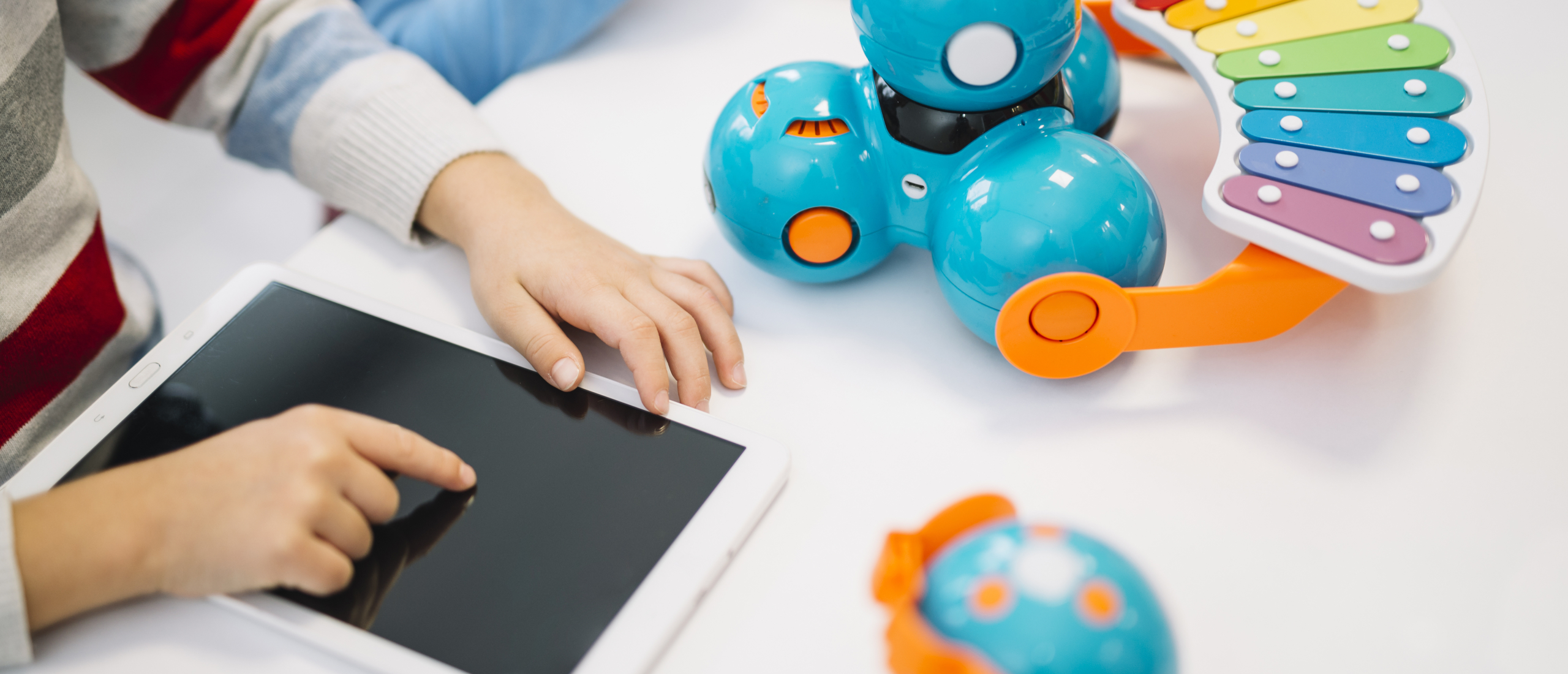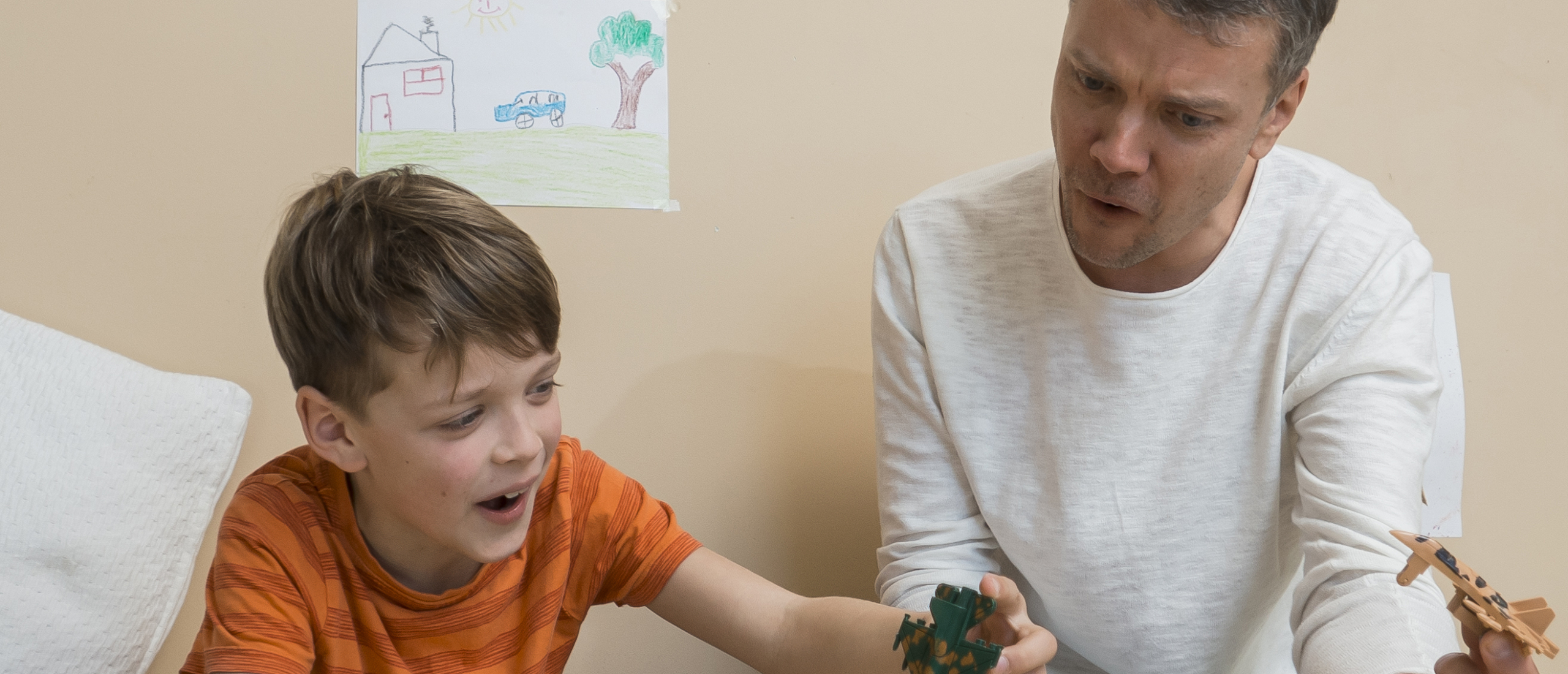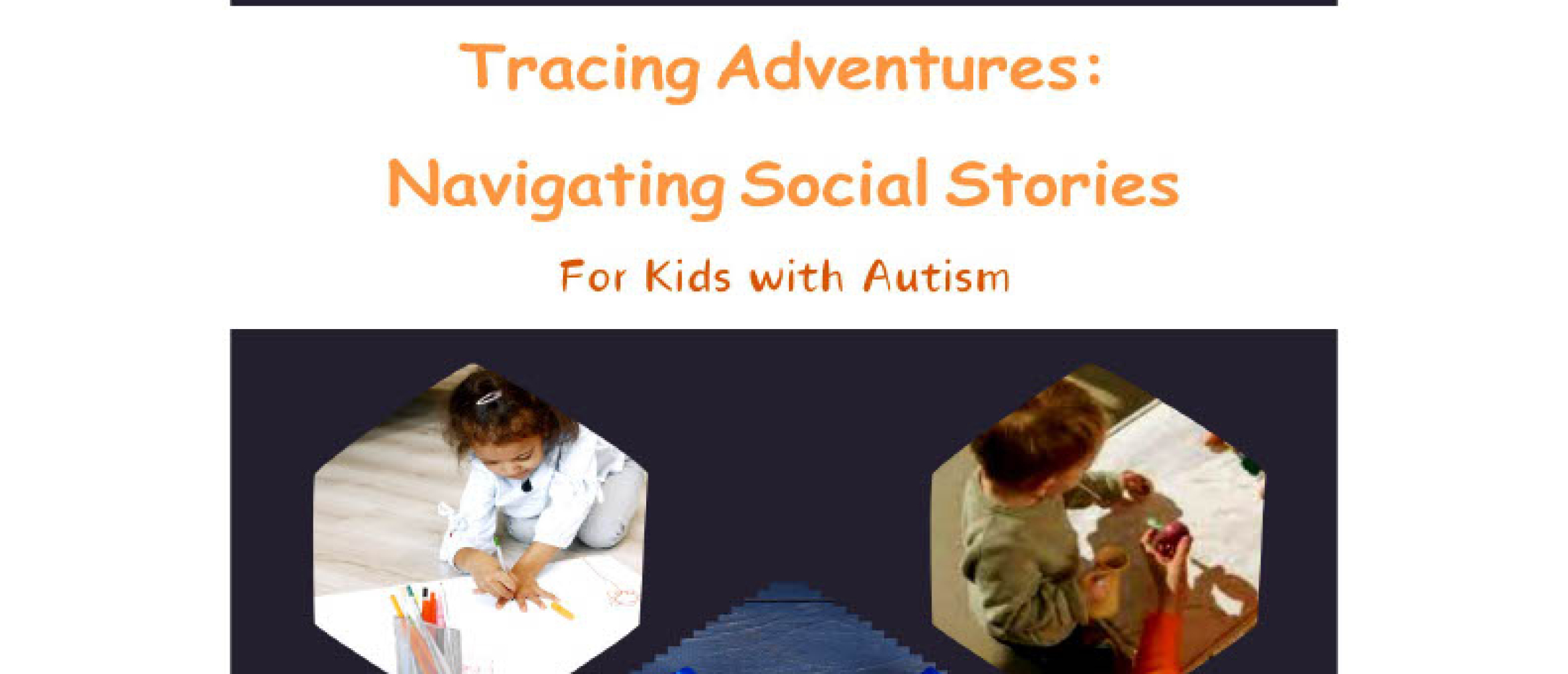
The Power of Role-Playing
Role-playing is an effective and fun way to improve social skills, enhance emotional understanding and expand creative thinking in children - particularly those with autism. By allowing kids to step into the roles of different people or characters, and applying those roles to an expected scenario, they learn how they should interact and react in real-world situations. With the right people and support behind them, it can be an engaging activity for children on the spectrum.
The Power of Role-Playing
Role-playing takes learning social skills and emotional behaviors beyond abstract concepts and into interactive experiences. It is a tangible and interactive way to practice social and emotional skills, which can be unfamiliar ground for kids with autism.
Benefits of Role-Playing
- Develops Communication Skills. Children are required to communicate verbally and non-verbally to real people as they are speaking “in character.”
- Teaches Social Understanding. The act of taking on another person’s perspective and emotions can drive imaginative play scenarios.
- Improves Problem-Solving Ability. Many student role-playing scenarios require kids to resolve conflict or navigate a course of action, ultimately fostering critical thinking and negotiation skills.
- Enhances Creativity & Imagination. Children are able to reach outside themselves to experience life from another’s perspective, encouraging empathy.
- Improves Emotional Regulation. Scripted play can also help with emotionally charged situations. Children can practice and learn how to manage emotions, communicate their feelings and understand the feelings of others via safe and guided play.
- Start Simple: Begin with straightforward scenarios that are relevant to the child's experiences, such as visiting a doctor, going to the supermarket, or playing at the park.
- Use Props and Costumes: Engage children’s senses and imagination with props, costumes, and visual aids that relate to the role-play scenario.
- Guide the Play: Initially, children may benefit from gentle guidance or prompts to navigate the role-play. Over time, encourage them to lead the direction of the scenario.
- Incorporate Interests: Tailor role-playing activities to include the child’s interests and passions, whether it’s dinosaurs, outer space, or fairy tales, to increase engagement.
- Reflect and Discuss: After role-playing, take time to discuss the scenario with the child. Talk about the emotions, social interactions, and lessons learned during the play.
Role-Playing Ideas to Get Started
- Social Situations: Practice common social interactions, such as greeting someone, taking turns in conversation, or expressing gratitude.
- Emotion Exploration: Create scenarios that evoke different emotions, helping children to recognize and respond to feelings in themselves and others.
- Everyday Challenges: Simulate everyday situations that might pose challenges, such as dealing with a change in routine, to develop coping strategies.
- Creative Storytelling: Let the child's imagination lead with fantastical stories or adventures, fostering creative expression and narrative skills.
Conclusion
Role-playing exercises provide a unique and dynamic mechanism for a child with autism to learn and practice critical life skills in a fun, supportive and structured environment. Regularly integrating role-play into their child’s routine provides parents, caregivers, and educators with significant opportunities to help the child learn and grow. As we better understand and appreciate these benefits, we can ensure that children with autism have every possible chance to play, grow, and flourish with the ability to move through the world with an enhanced sense of self, an ability to relate to their world with confidence and creativity, and with a deeper level of connection with the social universe that so frequently eludes them.











